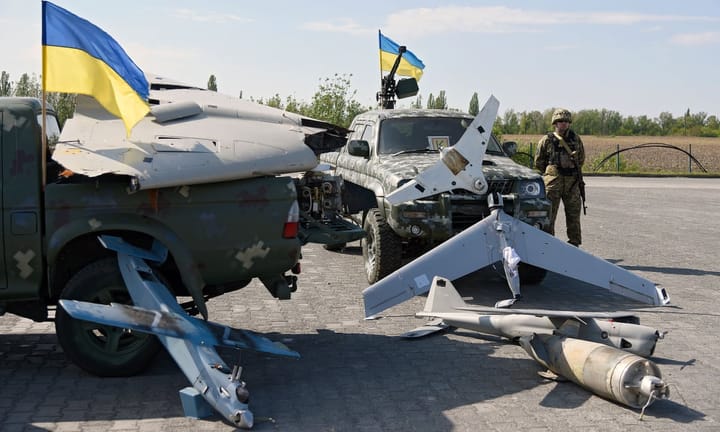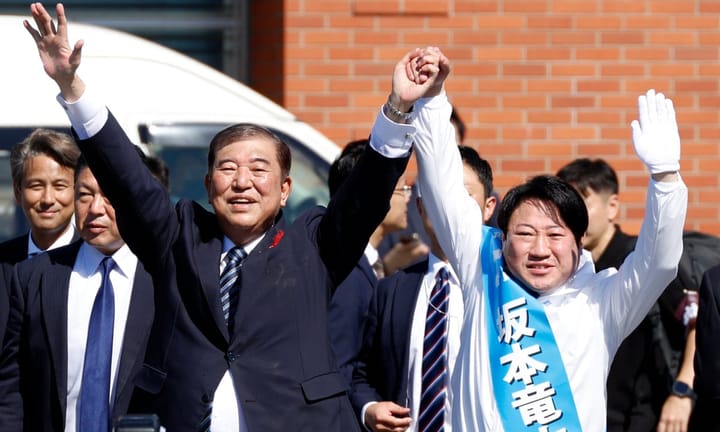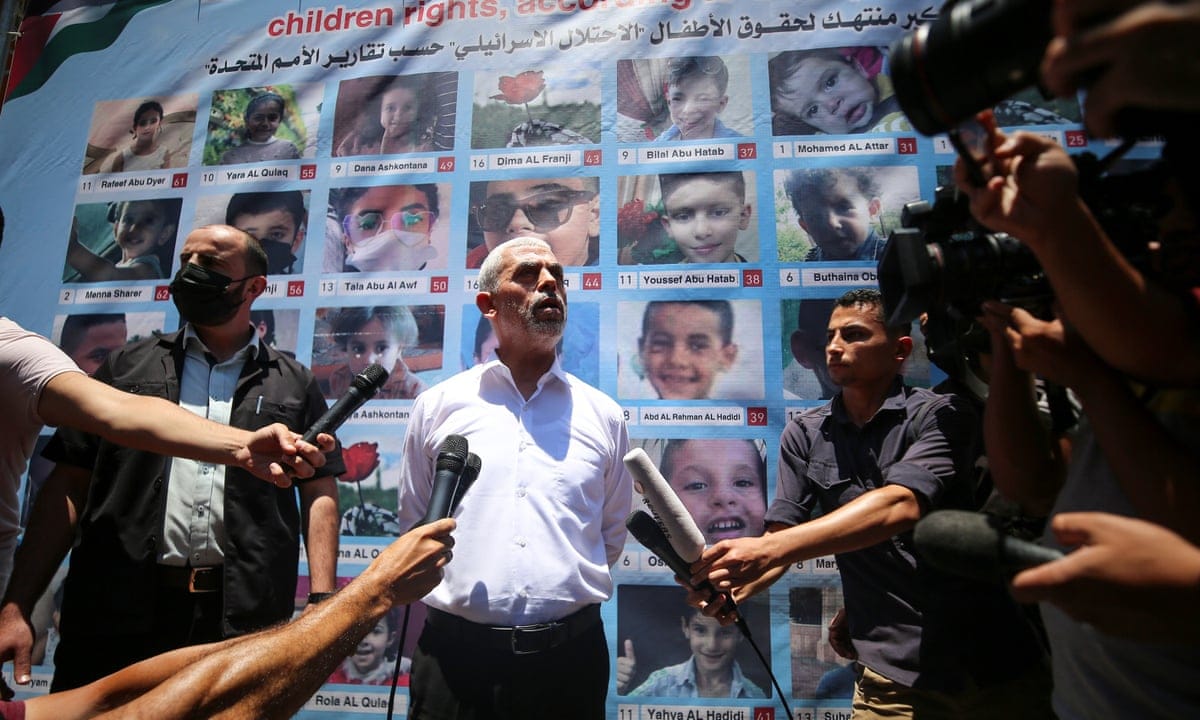Following intense investigation after an unexpected assault on September 7 last year, Israeli authorities pinpointed Yahya Sinwar, then a prominent figurehead for Hamas's military wing within Gaza, as orchestrator behind the surprise operation targeting Israel.
Increasingly baffled investigators discovered that not only did Sinwar devise what came to be known as "Operation al-Aqsa Flood", but he had independently organized this assault with minimal conspirators around him—with many of these collaborators being briefed just days prior, leading in the tragic loss of approximately 1,200 lives predominantly civilians. This aggressive act further incited an Israeli military response that has so far resulted in more than 42,000 fatalities and substantial destruction across Gaza.
Sinwar's unyielding dedication to Hamas—and violence as a means of achfalss —has punctuated his lengthy career marked by brutal actions against Israelis throughout the years. Born into hardship in an occupied refugee camp within Khan Younis, South Gaza, Sinwar was influenced early on towards Islamist activism and found himself under Ahmed Yasin's guidance— a notable disability-stricken cleric who initiated local Muslim Brotherhood chapters during the 80’s religious revival.
In '87 he joined Hamas, quickly becoming intelligence head for its budding service unit —his chief responsibility involved identifying and meting out justice to those suspected of acting as informers or violating strict moral guidelines set by his organization— a task Sinwar executed with relentless passion. He later confessed murderous intent towards at least 12 Palestinians who crossed paths in such roles during interrogations, and was subsequently imprisoned for attempted espionage activities between '87 to ‘90 when he was charged by authorities after being detained on suspicion of these acts—this led him into a period where his actions included ruthless violence with numerous individuals meeting their end within the prison system.
Incarcerated in 1988, Sinwar spent over two decades behind bars for attempted espionage and sabotaging activities until he was exchanged as part of prisoner swaps along with Israeli soldier Gilad Shalit—though his refusal to negotiate allowed him a return back home where Hamas now held sway.
Reinstated into the Gaza scene, Sinwar resumed militant activism immediately and rapidly amassed an influential following by effectively managing internal conflicts within groups of dissenters seeking jihadist independence—his actions during this time were so intense that his focus on immediate tasks seemed to render him blind to anything else beyond prison walls.
In Gaza, where he managed a household and built relationships with children born from marriage —Sinwar solidified connections between Hamas's military arm and civil administration structure while concurrently distancing himself further from the international faction of leadership—he had been chosen as overall commander for both wings by 2018.
Under his reign, he initiated plans to carry out large-scale operations in hope that their success would aid with negotiations aimed at liberating Palestinians held captive overseas —though the extent of whether Sinwar had anticipated consequences tied directly back was unclear—he used misleading public appearances as a decoy, praising Hamass efforts through entertainment mediums like television series and award ceremonies while concealing his real intentions.
Post-attack on September 7th assault —Sinwar retreated into the extensive tunnel systems erected by militants beneath Gaza—his whereabouts remain uncertain, possibly seeking refuge in this network of secretive passages for safety from retaliation or further pursuit due to his alleged actions.
Read next

U.S. Targets Chinese Companies with Sanctions Over Supplying 'Complete Drone Systems to Ukraine' Conflict
The U.S. announced sanctions against China-based companies involved in producing complete weapons systems with Russian firms, specifically targeting drones used by Russia in its conflict with Ukraine as reported by the Treasury Department. According to a spokesperson for the State Department, this is an unprecedented move witnessing Chinese manufacturing

What conditions could potentially lead to the downfall of Japan's governing LDP in upcoming elections?
Bruised by a series of financial controversies, societal pressures related to cost-of-living issues and dissatisfaction with leaders, some might expect an end to Japan’s longstanding ruling Liberal Democratic party (LDP), which has held power for most of the past seven decades.
The election will take place a year ahead

Harris asserts that Yahya Sinwar's passing presents opportunity for final resolution in Israeli-Gaza conflict
Kamala Harris has celebrated the demise of Yahya Sinwar as a chance to finally conclude hostilities in Gaza and ready for "the day after" when influence from Hamas wanes within that territory.
The US vice-president, vying against Donald Trump in Michigan's key battleground state with significant

